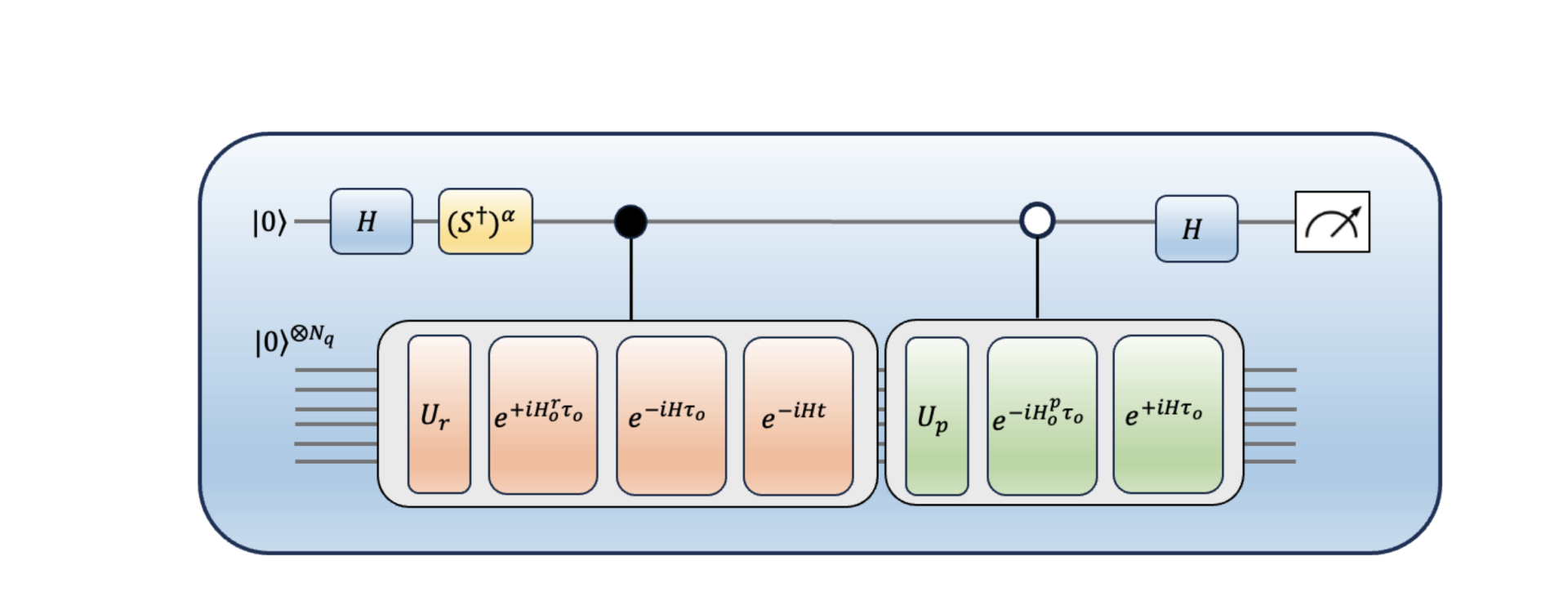Researchers from Purdue University have developed a quantum computing algorithm to calculate scattering matrix elements, crucial for characterizing molecular reactions and determining reaction probabilities. The algorithm, based on the Moller operator formulation, was successfully applied to calculate scattering matrix elements for a 1D semi-infinite square well potential and the co-linear hydrogen exchange reaction. This development is significant as quantum scattering calculations are vital for understanding physical and chemical phenomena. However, the scalability of the Variational Quantum Linear Solver on Noisy Intermediate Scale Quantum devices needs further improvement for addressing larger and more complex problems.
What is the Role of Quantum Computing in Simulating Chemical Reactions?
Quantum computing has emerged as a promising tool in the study of chemical reactions, particularly those occurring in the gas phase. The complex nature of quantum interactions necessitates the use of advanced mathematical models and computational approaches. In a recent study conducted by Sumit Suresh Kale and Sabre Kais from the Department of Chemistry and the Department of Electrical and Computer Engineering at Purdue University, a quantum computing algorithm was developed for the calculation of scattering matrix elements, which are essential for characterizing molecular reactions and accurately determining reaction probabilities.
The researchers employed a time-dependent method based on the Moller operator formulation. The scattering matrix element between the respective reactant and product channels was determined through the time correlation function of the reactant and product Moller wavepackets. The quantum algorithm was successfully applied to calculate scattering matrix elements for 1D semi-infinite square well potential and on the co-linear hydrogen exchange reaction. This quantum algorithm is general and emerges as a promising avenue for simulating chemical reactions on quantum computers.
How Have Quantum Computing Advancements Influenced Algorithm Development?
In recent years, significant advancements in the field of quantum information and quantum computing have led to the development of algorithms for current quantum computers. These algorithms show promising results in solving research challenges that are beyond the capabilities of even the most powerful conventional supercomputers. Fundamental quantum properties, including superposition, entanglement, coherence, and interference, are central to the efficacy of these algorithms.
The predominant focus of algorithmic development encompasses a diverse array of topics such as spectroscopy, electronic structure, vibrational structure, quantum many-body problems, and open quantum dynamics. However, the application of these algorithms to address scattering problems has received limited attention thus far. The study by Kale and Kais aims to bridge this gap by developing a quantum algorithm specifically designed to estimate scattering matrix elements for both elastic and inelastic collision processes.
Why are Quantum Scattering Calculations Important?
Quantum scattering calculations play a crucial role in advancing our understanding of fundamental physical and chemical phenomena, making them highly significant across diverse scientific disciplines. These calculations are indispensable for the accurate interpretation of experimental findings in gas-phase interactions, providing intricate insights into bimolecular chemical reactions.
Quantum scattering theory serves as a valuable tool for calculating essential parameters like cross-section and reaction rate in atomic and chemical physics, contributing to the study of many scattering processes. The necessity of full-dimensionality in low-energy molecular scattering calculations underscores their pivotal role in comprehensively understanding complex molecular interactions.
What are the Approaches to Quantum Scattering Problem in Chemical Reactions?
There are two ways to approach the quantum scattering problem in chemical reactions: the Time Independent (TI) or the Time Dependent (TD) formalism. Quantitatively accurate simulations of quantum scattering achieved by directly solving the TI Schrödinger equation through methods like coupled-channel techniques or basis set expansion represents a computational benchmark.
However, the TI approach suffers from the classic curse of dimensionality problem, meaning the computational scaling scales exponentially as the problem size. To mitigate this challenge, numerous quantum algorithms have been proposed in the literature for different applications, with many relying on the Quantum Phase Estimation (QPE) algorithm.
What are the Challenges and Future Directions in Quantum Scattering Calculations?
While the Quantum Phase Estimation (QPE) algorithm has been widely used, its implementation is currently unfeasible on utility-scale quantum processors. Consequently, its application is constrained to smaller-scale problem sets. Recently, an innovative solution was proposed by employing the S-matrix version of the Kohn variational principle to address the scattering problem.
This approach alleviates the intricate task of symmetric matrix inversion through the utilization of the Variational Quantum Linear Solver (VQLS). However, there is a need for further improvement in the scalability of VQLS on Noisy Intermediate Scale Quantum (NISQ) devices and the trainability of the variational ansatz, especially when addressing larger and more complex problems. In the TD formalism of quantum scattering problem, wavepackets are constructed and allowed to evolve using the time-dependent Schrödinger equation. TD methods present the ability to extract information across a range of translational energy.
Publication details: “Simulation of Chemical Reactions on a Quantum Computer”
Publication Date: 2024-03-05
Authors: Sumit Suresh Kale and Sabre Kais
Source: arXiv (Cornell University)
DOI: https://doi.org/10.48550/arxiv.2403.03052

